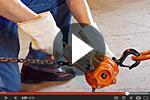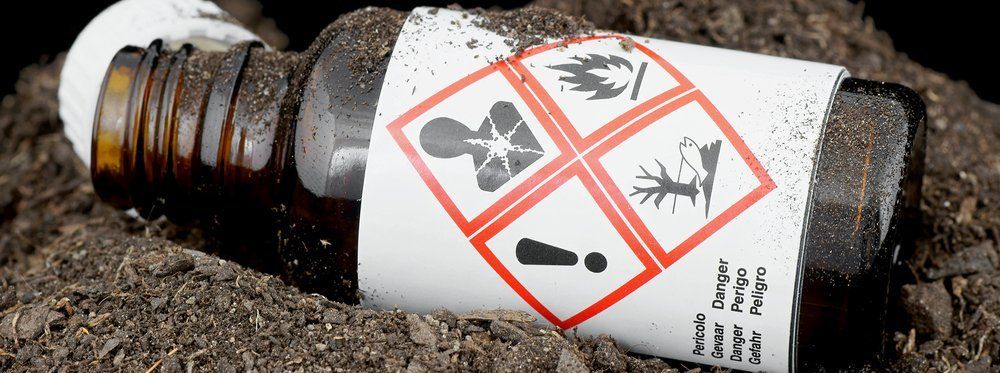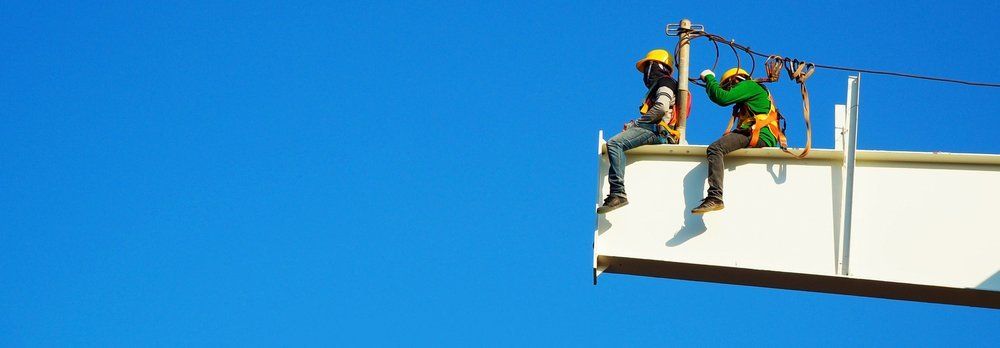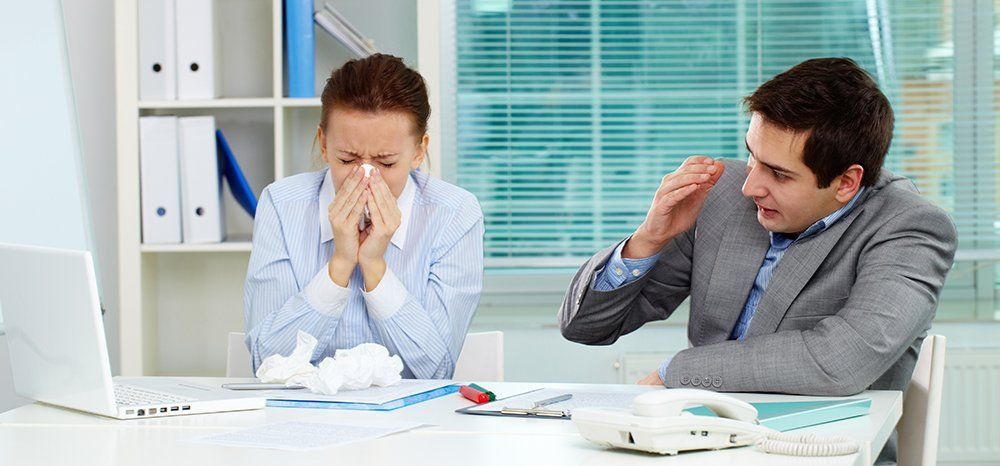Eliminating Slip/Trip & Fall Hazards in Parking Lots
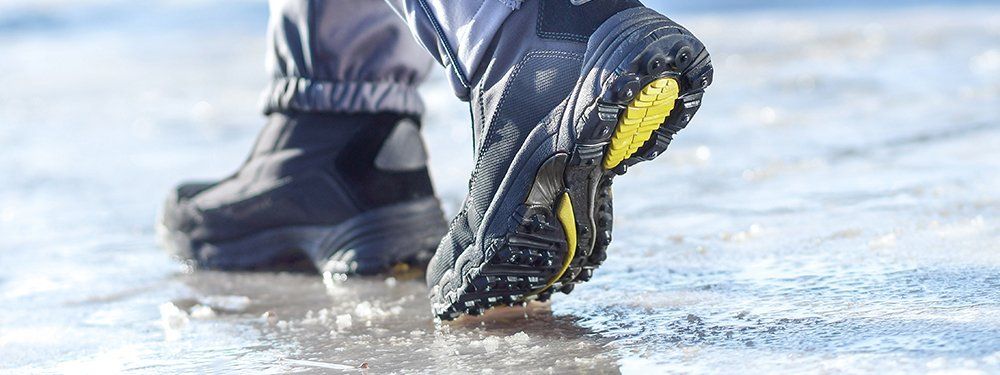
Each year, a large number of slip/trip and fall incidents occur in parking lots and adjacent walking surfaces that result in serious and, in some cases, fatal injuries.
Consider these statistics:
- According to the Centers for Disease Control and Prevention (CDC), over one million Americans suffer a slip/trip and fall injury and over 17,000 people die in the U.S. annually because of these injuries.
- Slip/trip and falls make up 15% of all work related injuries, which account for between 12% and 15% of all Workers' Compensation expenses.
- The CDC estimates that 20% to 30% of people who experience a slip and fall will suffer moderate to severe injuries such as bruises, hip fractures, or head injuries.
- Slip and fall accidents are the common cause of traumatic brain injuries (TBI) and these account for 46% of fatal falls among older Americans.
- Accident studies indicate that almost 80% of slips and falls due to snow and ice occur in parking lots or on sidewalks; more than 50% occur in the morning between 6:00 a.m. and noon.
In this article, we will review how parking lot/walking surface maintenance and response to weather conditions can prevent slip/trip and fall injuries in your workplace.
Parking Lot/Walking Surface Maintenance
Establish a formal inspection program to identify current hazards and to plan for necessary maintenance, which should include at least the following:
- Check regularly for cracks, depressions and uneven surfaces especially at the transition between asphalt and concrete walkways. Sealing cracks can reduce frost heaves and extend the life of your lot. Hazards such as potholes and broken walking surfaces are readily identifiable and should be corrected as quickly as possible before an incident occurs.
- Inspect light bulbs and replacement, if necessary. It may often be dark when employees arrive and leave during the winter, and reduced visibility can increase risk.
- Paint curbs, islands, ramps, wheel stops and other elevation changes a contrasting color with slip resistant paint. If at all possible, Do Not use wheel stops.
- Provide curb cutouts that are slip resistant and meet ADA guidelines.
- Ensure drain covers and utility grates are flush with walking surfaces with no openings in the grate greater than one inch.
- Ensure that roof drains do not discharge across sidewalks or into parking areas.
- Maintain awnings or canopies over stairs and entranceways.
- Conduct thorough incident investigations and review of loss trends to discover the underlying causes of your slip/trip and falls in your workplace. Eliminating the root causes will prevent recurrence.
Response to Weather Conditions
Slip/trip and falls can occur in parking lots at any time of year, but the winter months tend to have the highest frequency of these injuries because of rain, ice, and snow. An effective response is removal of ice and snow completely before employees arrive for work and continued removal throughout the day. A Snow and Ice Removal Program is the best way to achieve this objective. Be sure that your program, at a minimum, allows for the following:
- Assigning a Program Coordinator. Ensure this person clearly understands all the responsibilities of the role.
- Clear parking lots of snow and ice before employees arrive.
- Push snow in parking lots when it reaches a depth of 3 inches. Push it to the low end of the lot or as close to drains as possible to reduce drainage, which can refreeze. Keep piles away from exits, which can obscure a driver’s view entering and exiting the lot.
- Walkways, stairways and ramps should be completely cleared of snow and ice.
- Entranceways need special attention because moisture can be tracked into facilities where tile and other surfaces can get slippery. Provide extra walk-off mats during heavy snows. Install wet floor signs to warn employees and visitors about the increased slip hazard.
- Use deicers to treat icy pavements. Salts, such as sodium chloride and calcium chloride, are the most common.
- Use abrasives, such as sand, to provide traction for pedestrians and vehicles.
- Pay particular attention to north facing sides of buildings, which receive less sunlight and tend to stay frozen much longer.
- If outside contractors are used, the contract should be explicit about responsibilities, timing and priorities.
- Require employees to wear slip resistant footwear. Rubber soled shoes or boots are less likely to slip on icy surfaces than leather soled shoes or high heels. Worn soles increase the likelihood of slipping. Also, wide arrays of ice traction devices are available from suppliers, which are highly effective.
